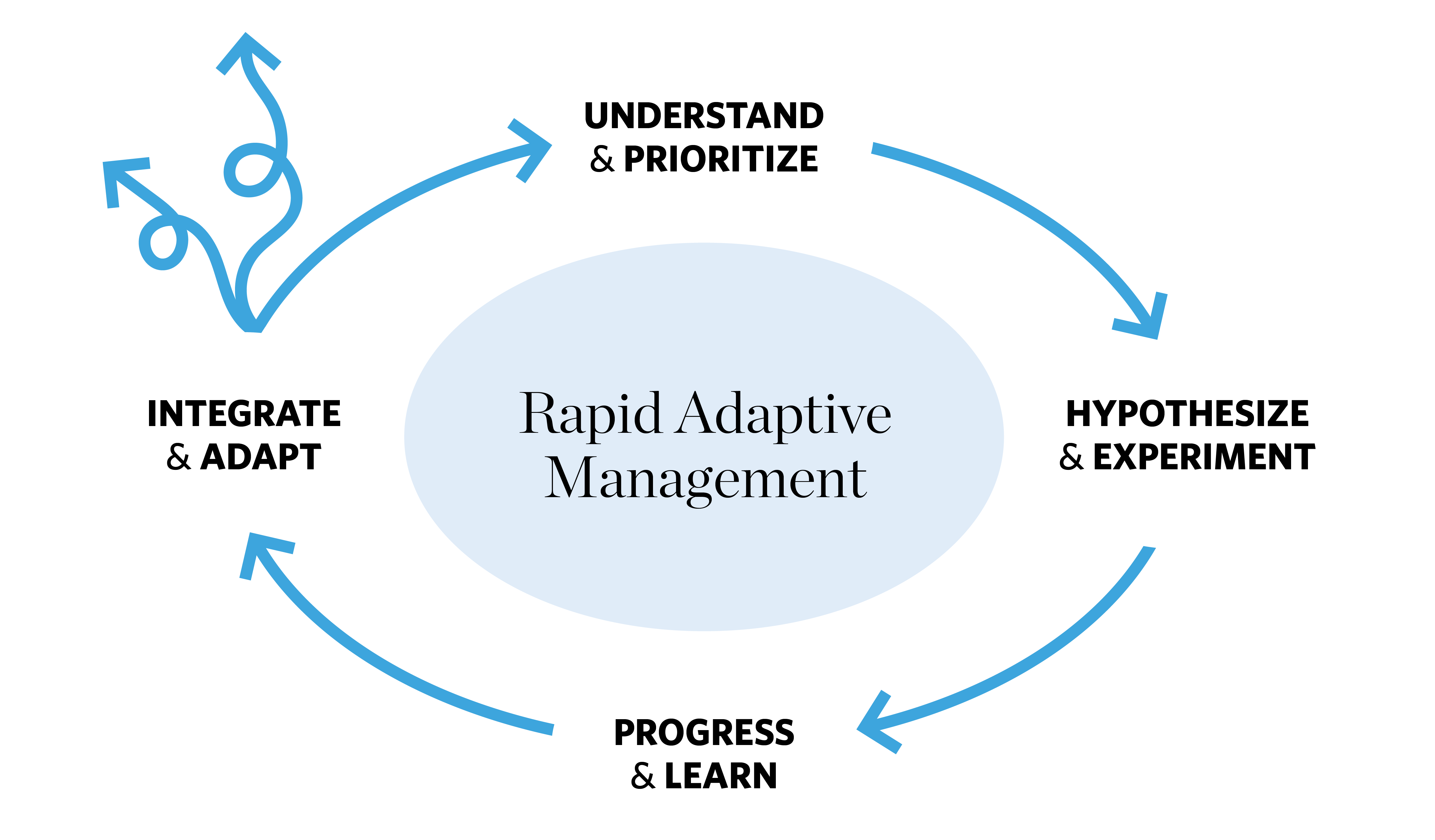How to Fail Faster—and Better
5 ways the conservation sector must innovate to confront this critical decade
Subscribe to Global Insights
This article is the second in a two-part series on technology and innovation that ran in the March 2021 issue of the Global Insights newsletter. Subscribe here to get exclusive insights like these straight to your inbox.
If you ask billionaire philanthropist Bill Gates—or read his latest book—the world is approaching the climate crisis all wrong. It’s not tree planting that’s going to save the planet, he says, but breakthrough technology and innovation.
Our take? It’s both. Yes, we must transform the energy sector, along with many others, for the world to see a meaningful drop in emissions. But nature has the potential to deliver 1/3 of the climate solution—especially if we leverage our existing and emerging tech to maximize nature’s contributions, as we wrote last month—and these solutions are available now.
One problem, though: we aren’t bringing nature-based solutions (NbS) to scale nearly fast enough to keep up with the exponential pace of climate change and other planetary challenges. The conservation sector, too, must innovate.
Our global insights, straight to your inbox
Get our latest research, insights and solutions to today’s sustainability challenges.
Sign UpTNC’s Agility Lab, an initiative meant to modernize the organization’s approach to conservation, found that on average, it was taking 12-18 months to get ideas out of the office and into the wild, so to speak.
Meanwhile, recent UN reports warn that our global society has until 2030 to transition away from business-as-usual before we hit a tipping point, triggering runaway climate change and biodiversity loss. At the current pace off innovation, that gives us, at most, nine tries to test and scale projects made for global impact across sectors.
That’s why many conservationists are shifting to an entrepreneurial mentality, aiming for learning cycles measured in weeks and months, instead of years. While we’re excited for what new breakthroughs technology may deliver in the future, here’s how we can use “rapid adaptive management” to maximize the solutions already at our disposal.
1. Learn by doing.
We’re living in a time of extraordinary uncertainty (what will climate change and biodiversity loss—not to mention sociopolitical shakeups—throw at us next?) and incredible risk. But there’s too much at stake for us to let fear lead to paralysis, or perpetual planning processes. When an idea seems to be languishing in the seed stage, what if we asked ourselves what we could do in the next two months and how new learnings could catalyze our next steps?
2. Test assumptions in the real world—but start small.
Of course, it’s also maladaptive to execute without a clear plan. Adaptive management means identifying challenges and goals, mapping strategies and defining outcomes before breaking ground. As we take action, we must constantly test our assumptions, or hypotheses; measure the resulting outcomes; and adapt again and again with an eye toward scaling up for global impact.

3. Eschew vanity metrics.
Often, conservation funding is tied to predefined plans, but this can limit our ability to pivot as we learn. Instead, we must commit to achieving predefined outcomes, and adapt our plans as new data compels us.
4. Fail faster to scale faster.
In the early stages of innovation, when prototypes are evolving into scalable strategies, the planning and learning processes should be quick: plan, fund, build, measure, learn, and repeat. As mentioned above, starting small can help us avoid failing big later, saving time and money. That’s how an idea like, say, insuring a single reef can become a solution globally—that is, provided we…
5. Break out of silos.
As TNC’s CEO Jennifer Morris has written extensively, we need “radical collaboration” if we’re going to drive real progress on our big planetary challenges. Nature is not the exclusive jurisdiction of environmentalists—it’s essential to every sector and every community. While remaining committed to our values, we must seek to work with groups as distinct as health professionals, farmers, investors and engineers. Above all, we have to use our positions of power to ensure the most marginalized voices have a seat at the table—because a world where people thrive starts by including everyone in the decisions that affect us.

Subscribe for More Insights
This article is the first in a two-part series on technology and innovation that ran in the March 2021 issue of the Global Insights newsletter. Subscribe here to get part two and other exclusive insights like these straight to your inbox.
Global Insights
Check out our latest thinking and real-world solutions to some of the most complex challenges facing people and the planet today.



